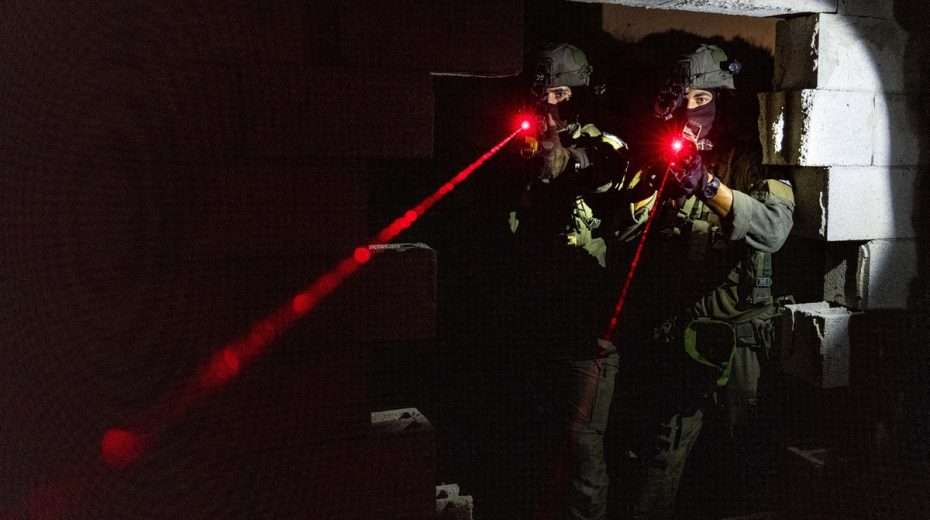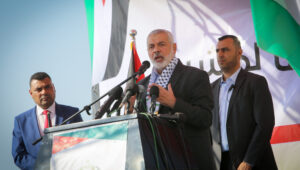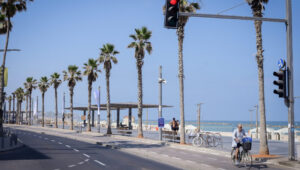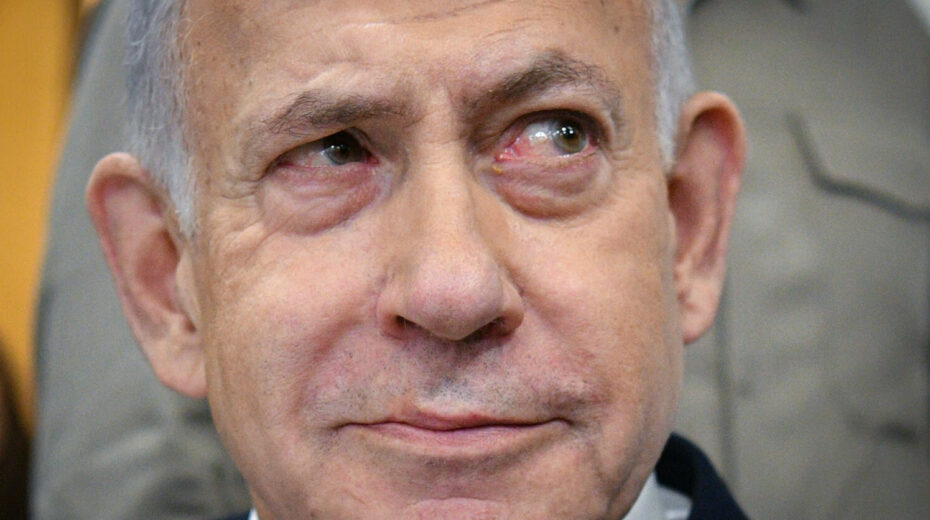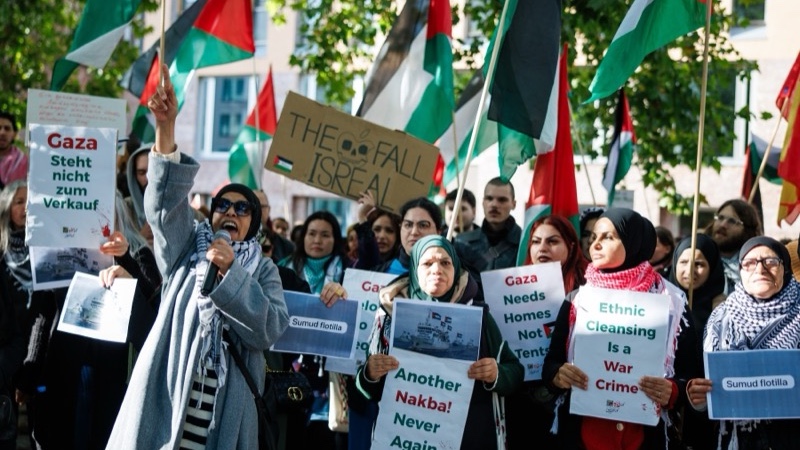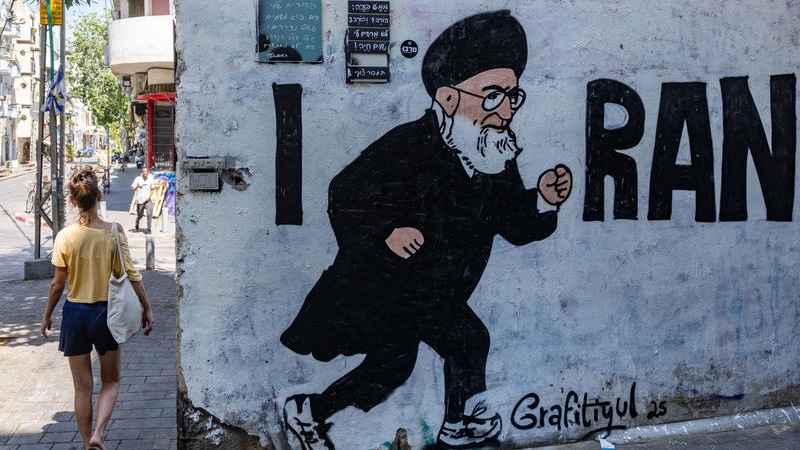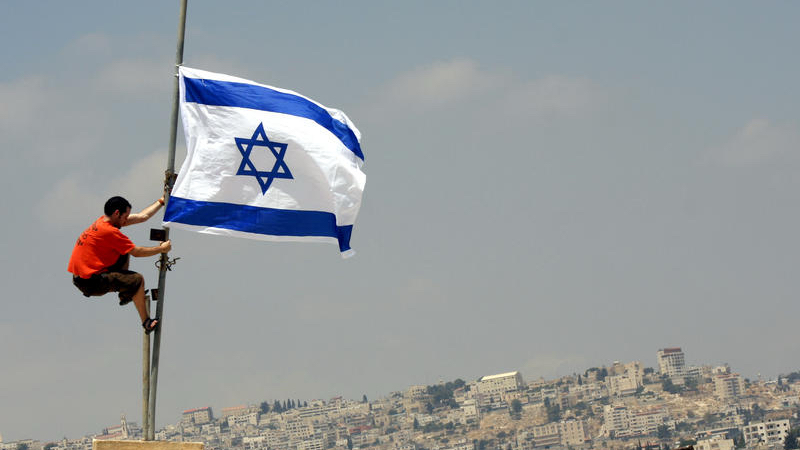The growing wave of terror attacks in Judea and Samaria is increasingly looking like the situation in the days of the Second Intifada, when shooting attacks were an almost daily occurrence in that part of Israel.
The new terror wave appears to have been orchestrated by Iran, which, through its proxies Hamas and Palestinian Islamic Jihad, is recruiting Palestinian Arabs on social media and encouraging them to carry out shootings and other terror attacks.
Until recently, most terror attacks were widely regarded as the work of “lone wolves,” Arab individuals acting on their own initiative.
However, now it has become clear that the Iranian axis is trying to establish a new front in Israel’s Biblical heartland. The Israeli military has changed its strategy and is now increasingly treating this new terror wave as an asymmetric war with nightly raids on Palestinian terror hotbeds and the use of drones, as well as electronic warfare.
See: IDF Arrests 1,500 Terror Suspects in 4 Months
Shooting attack on a bus in the Jordan Valley
The number of shooting and stabbing attacks over the past month rose to 11 on Sunday when a bus full of Israeli soldiers was fired upon on Highway 90 in the Jordan Valley.
A car carrying three Arabs followed the bus and overtook it at the Adam junction, after which two of them opened fire.
Seven people were injured on the bus, one of them seriously, and it was a miracle that no one was killed because the bullets went straight through the windshield next to the driver’s seat.
The terrorists then tried to set the bus ablaze by using a Molotov cocktail, but were unable to do so because the improvised firebomb exploded in their own car, causing a fire that set the clothing of the terrorists alight, after which they were arrested with severe burn wounds.
The third terrorist, a Palestinian Arab from the Jordan Valley, did not catch fire and managed to flee, after which soldiers of the Israel Defense Forces (IDF) launched a manhunt, believing the perpetrator to have fled to the northern Samaria town of Jenin.
The attack on the bus carrying IDF soldiers in the Jordan Valley was the first in many years. The area has always been considered fairly safe, and Highway 90 has been used by many Israelis seeking alternative routes to the traffic-ridden roads in central Israel.
Later on Sunday night, an IDF unit in Samaria was attacked by Palestinian terrorists who threw an improvised bomb at the soldiers, wounding four of them.
A short time later, Palestinian terrorists in Judea attacked the tomb of Jewish matriarch Rachel using an improvised explosive device and fireworks that caused a large fire.
An organized wave of terror
The current wave of terror coincides with the IDF’s “Operation Wavebreaker” that began in May after Palestinian terrorists killed 19 Israeli civilians during attacks in Israeli cities.
Since then, the IDF has arrested 1,500 Palestinian Arabs, a quarter of them in the cities of Jenin and Shechem (Nablus). Eighty-five Palestinian terrorists were, furthermore, killed since the beginning of 2022.
Israel’s internal security agency Shin Bet reported last week that as many as 200 shooting attacks had been prevented since the beginning of 2022.
The mainly youthful Palestinian terrorists are recruited via social media such as TikTok, and receive money for every attack they carry out.
That money is paid to the terrorists via Hamas and the Palestinian Islamic Jihad (PIJ), while they are also provided with weapons by these Iranian proxies. Some of the weapons are either smuggled through Jordan or manufactured locally, such as the so-called “Carlo” automatic rifle.
The weapons the IDF found near the site of Sunday’s shooting were M-16 rifles that were apparently stolen from an Israeli army weapons depot.
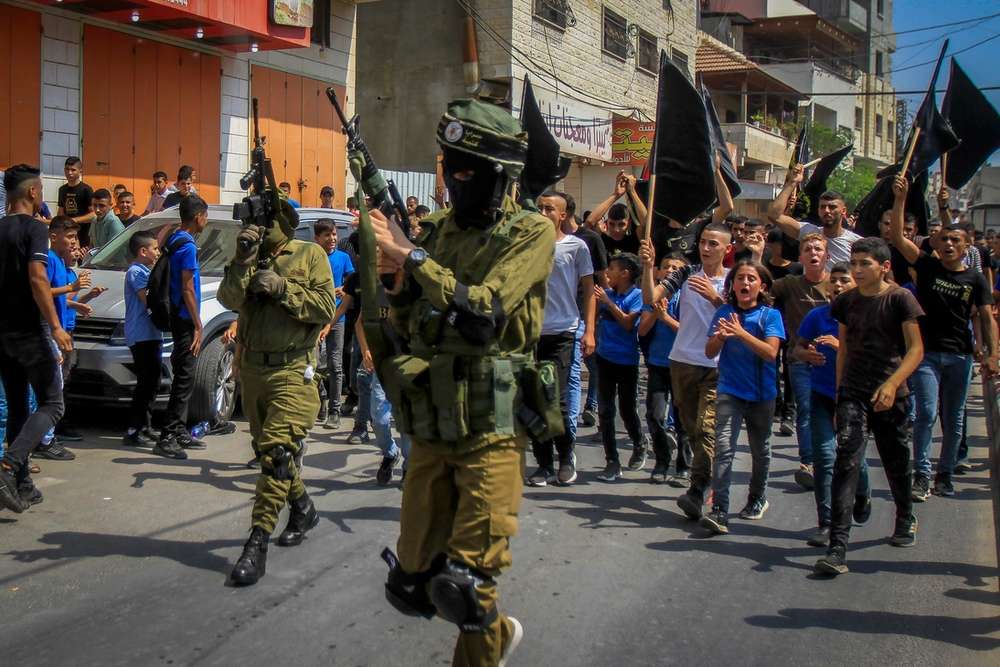
Hand of Iran visible
Hamas and PIJ have recently stepped up their activities in Judea and especially Samaria, most likely on orders from the regime in Iran, which has openly admitted that it views Judea and Samaria as “a new front.”
This was recently stated in so many words by Hossein Salami, the commander of the Islamic Revolutionary Guard Corps (IRGC) in Iran who was quoted by Fars News, a news site with close ties to the IRGC.
According to Fars News, Salami said Iran is working to open a multi-front war against Israel with one of those fronts in Judea and Samaria, where, according to Salami, Iran is succeeding in supplying Palestinian terrorists with weapons despite the IDF’s permanent presence and the security barrier that Israel built since the Second Intifada.
Jordan is being used as one of the supply routes. This became clear last week when the IDF prevented a smuggling attempt through the Jordan Valley and stopped a car in which a number of handguns were found.
Salami, furthermore, said that the time is now right for the opening of the new front in Samaria and Judea because the current Palestinian Arab generation there has grown up with “Jihad” (Islamic holy war).
Israel is well aware that Iran is behind the current wave of terror and that the regime in Tehran was also responsible for the two-day war with PIJ in Gaza that the IDF started last month after there was evidence of new PIJ attacks on targets in southern Israel.
See: Quick Break Down of Operation Breaking Dawn
IDF steps up its activities
The IDF is in response conducting raids on Palestinian towns in Samaria and Judea almost every night since May, and usually has exact intelligence about planned attacks or terrorist assaults that had been carried out already.
The greatest IDF activity is observed in the city of Jenin in northern Samaria, which has always been a hotbed of terrorism and that now appears to be under full PIJ and Hamas control.
Last week, for example, Hamas held a military parade in Jenin complete with heavily armed fighters and the usual display of green Hamas flags, a phenomenon that we know from Gaza.
The town is only a few miles from the Israeli city of Afula, and again witnessed gunfights between IDF soldiers and Palestinian Arabs every night this week during arrest attempts.
Soldiers of the IDF’s Duvdevan Special Forces Unit killed three Palestinian gunmen during these nightly raids, and are now increasingly using drones in the escalating battle against Iran’s proxies in Judea and Samaria, just like the Israeli military did in the two-day mini-war against PIJ in Gaza last month.
See related: Young Messianic Jewish Drone Pilot Defending and Contending
So tensions in Israel’s biblical heartland continue to mount, but that doesn’t mean the Palestinian masses will take the streets to start a third intifada.
Observers point to the fact that the number of Palestinian Arabs working in Israel is still growing and that there is clearly passivity among much of the Palestinian public regarding the calls for a third intifada by both PIJ and Hamas.
The Palestinian Authority (PA), meanwhile, is silently encouraging the current wave of terror organized by Hamas and PIJ and does not seem to realize that the rise of the two Iranian proxies could lead to its own demise.
Aviv Kochavi, the outgoing IDF Chief of Staff, said on Monday that the lack of proper governance by the PA is “fertile ground” for the growth of these terrorist movements.
Kochavi also made clear that the IDF will not budge an inch from its operative plans to dismantle the current terror infrastructure in Judea and Samaria.


